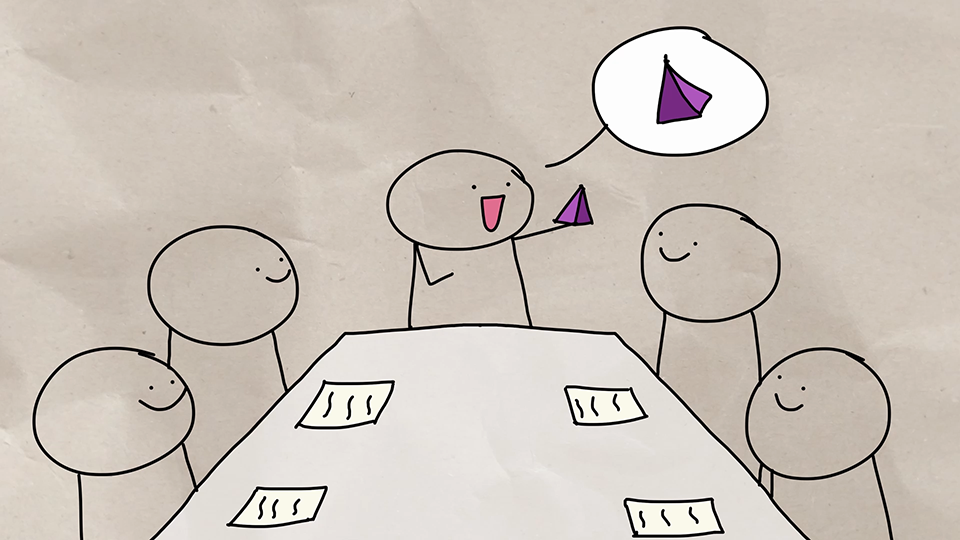What is a coach?
The team is practicing strategies to improve their active listening skills. They're also progressing in their learning by using self-regulation to plan, act, and reassess their steps as needed. You've been guiding them as a mirror to better understand their challenges and help them with solutions. As the team members progress toward a more in-depth study of programming concepts, explore how you can help them as a coach.
List the characteristics of a coach role
As a coach, you'll help people take advantage of the resources to which they have access. You might sometimes be expected to step in to guide them or help them unpack what they're learning or experiencing. When you play the role of a coach, you'll provide advice and serve as a sounding board. You'll:
- Encourage your peers and give them key advice to help them progress or improve.
- Study your peers' techniques and reflect on your knowledge of other techniques to offer another way forward.
What can you say as a coach?
The role of a coach is helpful to people who are willing to take responsibility. Before you act as a coach, you can:
- Enlist the person in the coaching process (ask them to join you).
- Begin to offer advice.
- Outline a new strategy.
As a coach, avoid saying what you would do. Instead, try to focus on the usefulness of the strategy you're explaining. Make sure to appreciate the efforts of others. You can use the following phrases:
Are you willing to try a new strategy?
One option is to try X.
An alternative would be Y.
I'm going to try to map where you are and come up with a short list of steps that might help you to move forward.
When you tried those things, which worked for you?

Tips to facilitate group conversations
Whether you're playing the role of a mirror or a coach, you'll be regularly interacting with your peers or direct reports in group environments. To maximize the effectiveness of these interactions, which might be in person or online, use the following tips:
- When the group is sharing information, avoid commenting after each person. Share your comments after everyone has had a chance to share. Thank each person after their turn, and when needed, ask for clarification by saying something like, "I'm hearing you say that you found it difficult to visualize the code. Did I get that right?"
- Synthesize across the group. Highlight themes or common elements in group conversations. For example, you might say, "It's interesting that all of you found this component of X to be so valuable." If there are contrasts or differences among their reactions, highlight them by saying something like, "I noticed that this really resonated with some of you, while the rest of you felt less connected to it."
- Let people choose the identities they want to bring forward for themselves. Even if you're aware of someone's identity group or orientation, you shouldn't ask them to represent that group. For example, never say something like, "As the only person with a non-European ancestry, how do you feel about this situation?" By asking someone to represent their group, you're unfairly asking someone to serve in that role to suit your needs.
- Be open to different ideas and opinions, even if they differ from your own. Never put down another person's idea by saying something like, "That's a terrible idea, that wouldn't work" or "You really don't know what you're talking about." By staying open and gaining input from others, you might discover a way of thinking that you hadn't considered. If you shut down other people, you can't expect them to be receptive when you weigh in. A good way to approach such a situation would be to say, "It sounds like your experience is quite different from mine—would you be willing to share more?" or "I'm not sure I understand that perspective. Can you say more about how that would work?"
Important
People might have had different experiences than you. It's okay for you to disagree. You can find a way to bring your perspective forward.
